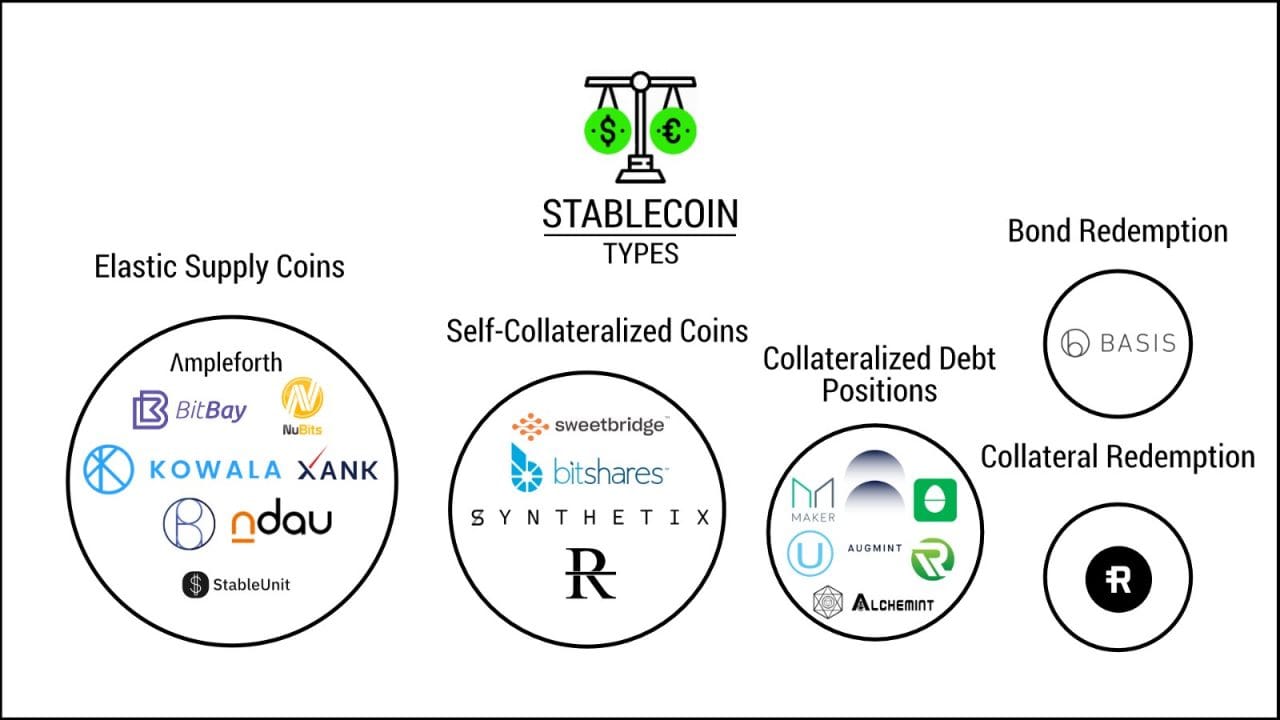
Among all types of digital currencies, stablecoins are the ones that are gaining more attention lately: some major financial institutions are creating their own fiat-pegged cryptocurrency while regulators are starting to realize that stablecoins might be the right step towards adopting blockchain. Welcome to the year of the stablecoin.
By Greg Forst, Director of Marketing at Factom Protocol
As we embark on a new decade for blockchain, it is worth reflecting on how far we’ve come. The biggest movements of 2019 revolved around institutional involvement in the space with industry giants such as Facebook and JP Morgan dipping their toes in the water, Decentralized Finance (DeFi) booming, monumental growth in fintech more generally and, of course, a wave of potential Central Bank Digital Currencies (CBDCs) growing in prospect.
These announcements in their own right point to one conclusion — 2020 will be the year of the stablecoin. Here are four reasons why stablecoins will take the reins this year as crypto’s biggest use case.
1. Institutions Incoming
On February 4th 2019, JP Morgan announced it had become the first U.S. bank to create and successfully test a digital coin representing a fiat currency. The impact of this is significant – America’s largest bank is utilizing blockchain-based technology in the transfer of payments between institutional clients. Four months later, Facebook announced plans to create a new digital currency and financial system, Libra, shining the spotlight on stablecoins once more. As more and more institutions realize the benefits of blockchain-based digital money, the necessity for stablecoins will augment and 2020 may well deliver this growth.
These developments marked a watershed moment for institutional involvement in the blockchain space, and acted as recognition of the grand potential for this technology, particularly in the financial realm. The need for digital money that is mobile, constantly accessible, instant, low-cost, and secure became evident. One particularly important factor for institutional involvement is the concept of stability. Stablecoins have all the benefits of their crypto counterparts in terms of security, speed, and cost. The difference is that stablecoins are pegged to more reliable assets and therefore are more liquid, with the ability to be traded for fiat currencies at relatively unchanging rates.
2. The Mighty Rise of DeFi
Research shows that the total value locked in decentralized finance more than doubled in 2019 from a year earlier. DeFi growth was constant throughout 2019, with monthly surges in collateral, volume, and loans outstanding. There is a growing sense that decentralized technology can, and should, play a key role in financial services in the future, with stablecoins forming a crucial part of this movement to decentralization.
Currently, several stablecoin providers are offering decentralized products that tackle the complex processes and high transaction fees that have hindered mainstream adoption of digital assets to date. PegNet, a network of stablecoins, offers unlimited conversions between assets at just one-tenth of a cent per trade.Pegnet’s network of Pegged Asset Tokens provides a mechanism for managing payments across countries that circumvents the slow and expensive processes related to external third parties. There are no brokers taking a percentage of trade value and no counterparty risk, but full decentralization. As DeFi is set to continue on this upward growth trajectory, the benefits proposed by stablecoins of this nature will not be overlooked in 2020.

3. A New Fintech Generation Embarks
The past decade has played host to a huge boom in financial technology. If we solely look in terms of investment, the scale of growth jumped from $2 billion in 2010 to more than $50 billion in venture capital in 2018 and over $30 billion+ in 2019. Along with this growth, there is a rising recognition that for too long financial services have been dominated by a small number of institutions with huge competitive advantages — consumers want to take back control of data and level the playing field with innovation.
In Europe, a regulation titled ‘PSD2’ was implemented to counteract the power of the big banks, eroding their control over their users’ data. PSD2 will democratize financial services opening the competition to whoever wants to build on top of newly open and accessible data.
Offering a uniquely decentralized payments solution, stablecoins are joining the march for a more just, user-focused, payments industry. Stablecoins can offer cheaper, faster, and global payments settled decentrally. In this era of financial democratization, PSD2 and the booming fintech industry, stablecoins will rightfully find their place in the financial world in 2020.
4. Blockchain for Central Banks (CBDCs)
Following the announcement of the Libra Project from Facebook, several high-profile central banks announced their exploration of the issuance of a Central Bank Digital Currency (CBDC). In Europe, the European Central Bank (ECB) formed a cryptocurrency task force that would work closely with Eurozone banks to study the benefits and costs of a possible eurozone CBDC. China’s Central Bank, The People’s Bank of China (PBOC) has been working on its “Digital Yuan” for years, and is currently putting it through real-world tests ahead of public issuance sometime in the future. At the beginning of August 2019, the United States Federal Reserve Board announced its plan to release a real-time payments and settlements service in order to boost the payments infrastructure in the country, FedNow.
These developments signal a moment of realization for policymakers and central banks — settlement processes are too slow, costly, and inefficient. Digital currency, and in particular stablecoins, can provide the infrastructure for a digital transformation of the role of central banks, offering cheaper, faster, and more secure settlements.
Tradersdna is a leading digital and social media platform for traders and investors. Tradersdna offers premiere resources for trading and investing education, digital resources for personal finance, market analysis and free trading guides. More about TradersDNA Features: What Does It Take to Become an Aggressive Trader? | Everything You Need to Know About White Label Trading Software | Advantages of Automated Forex Trading









